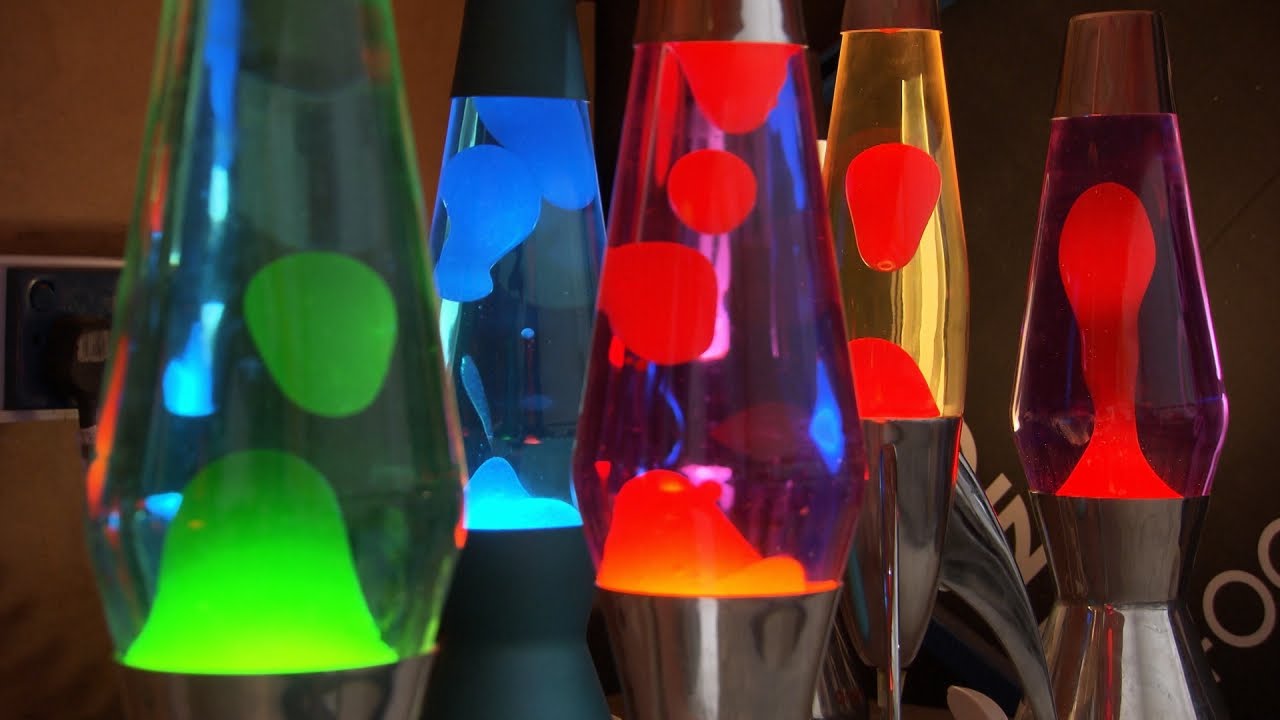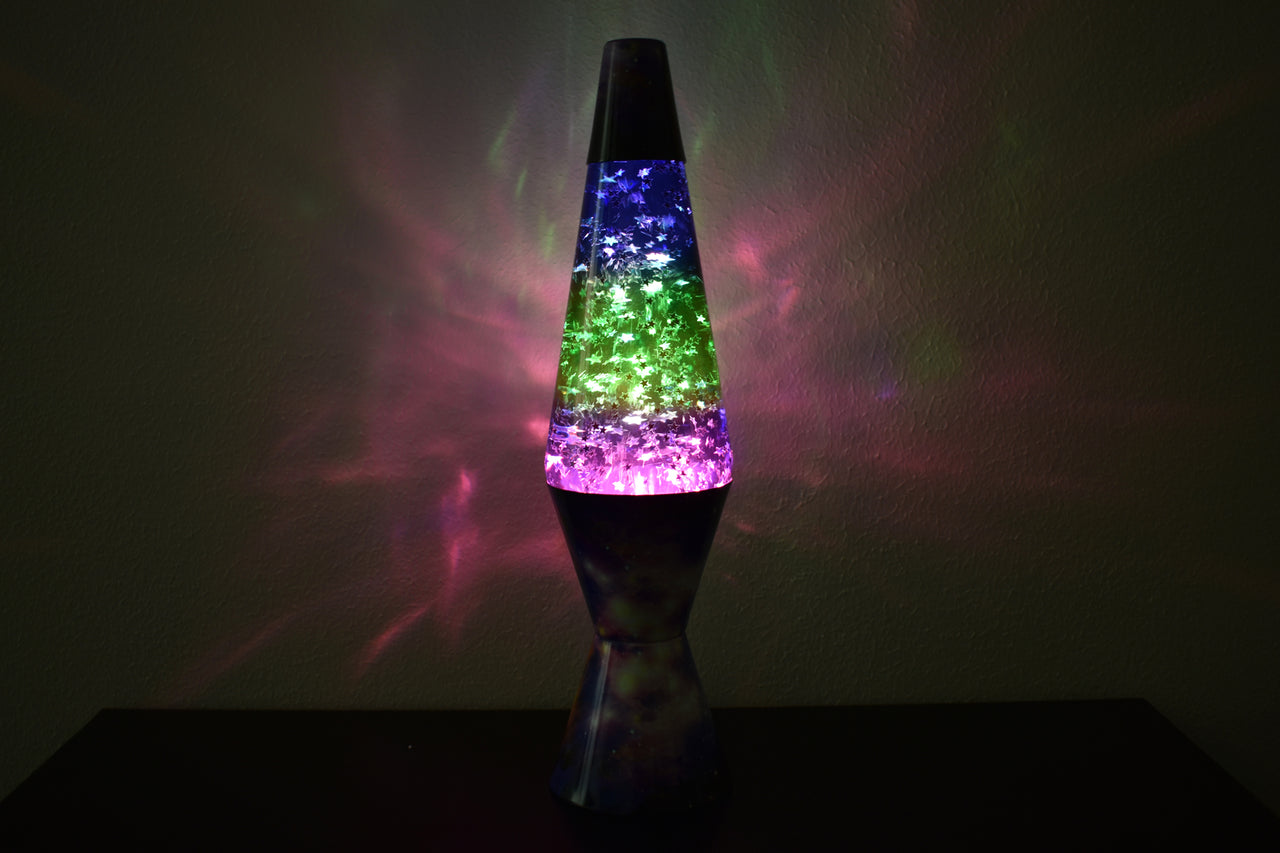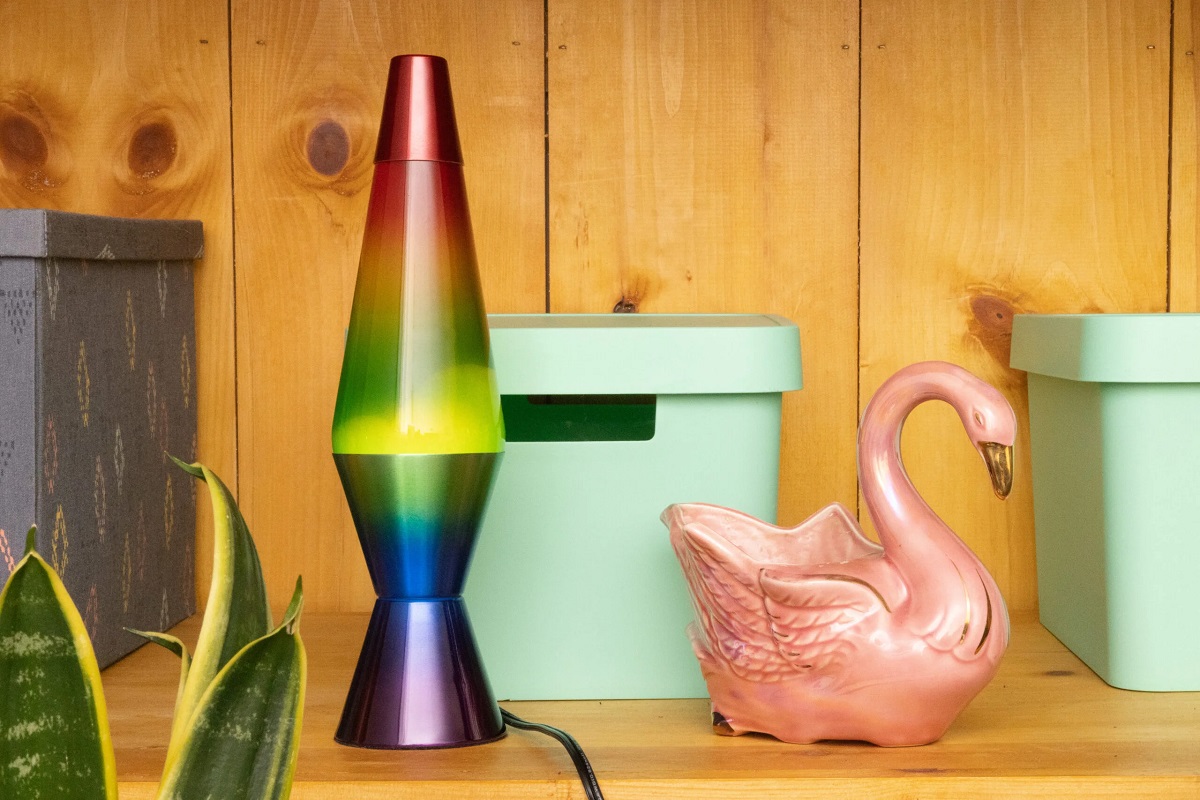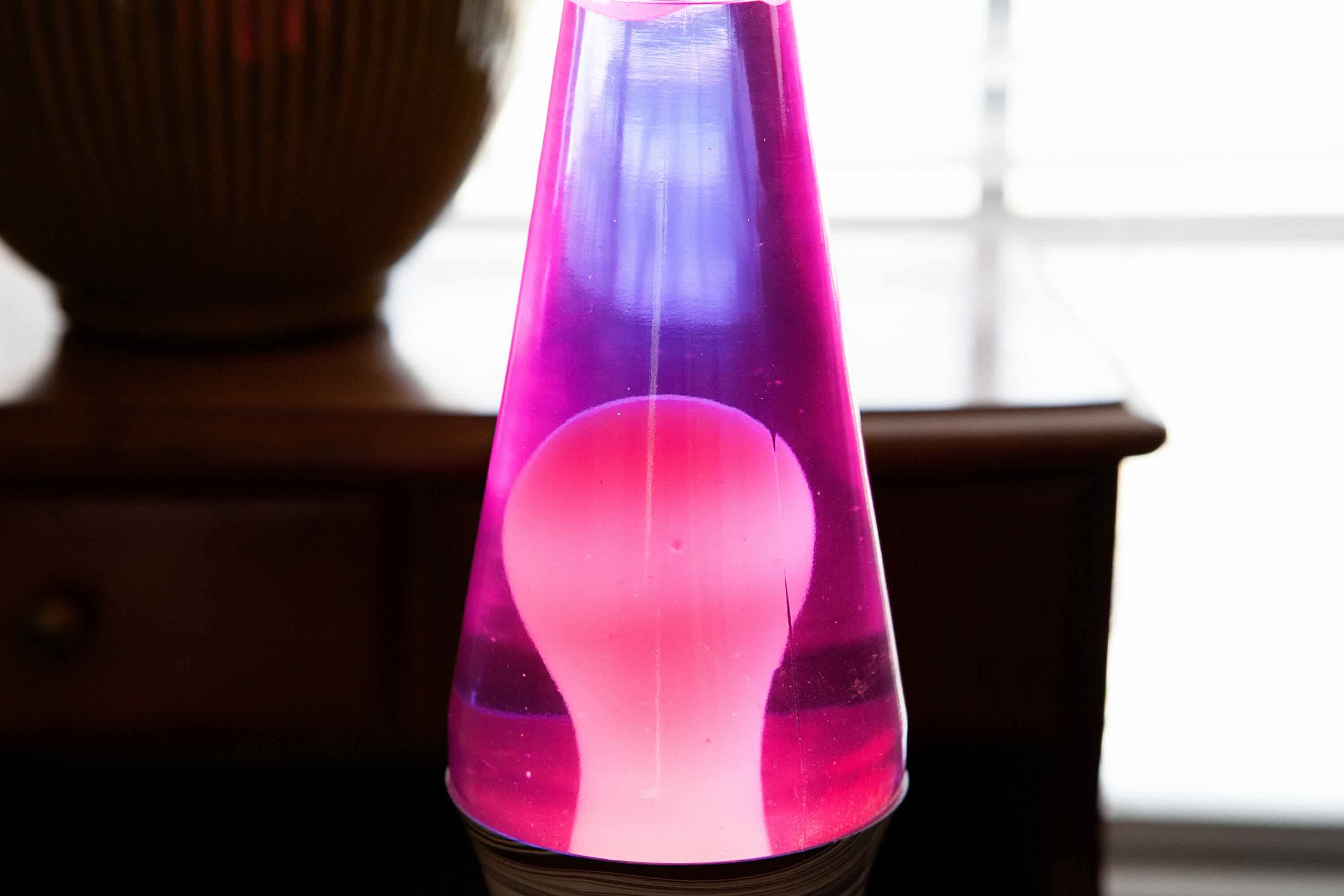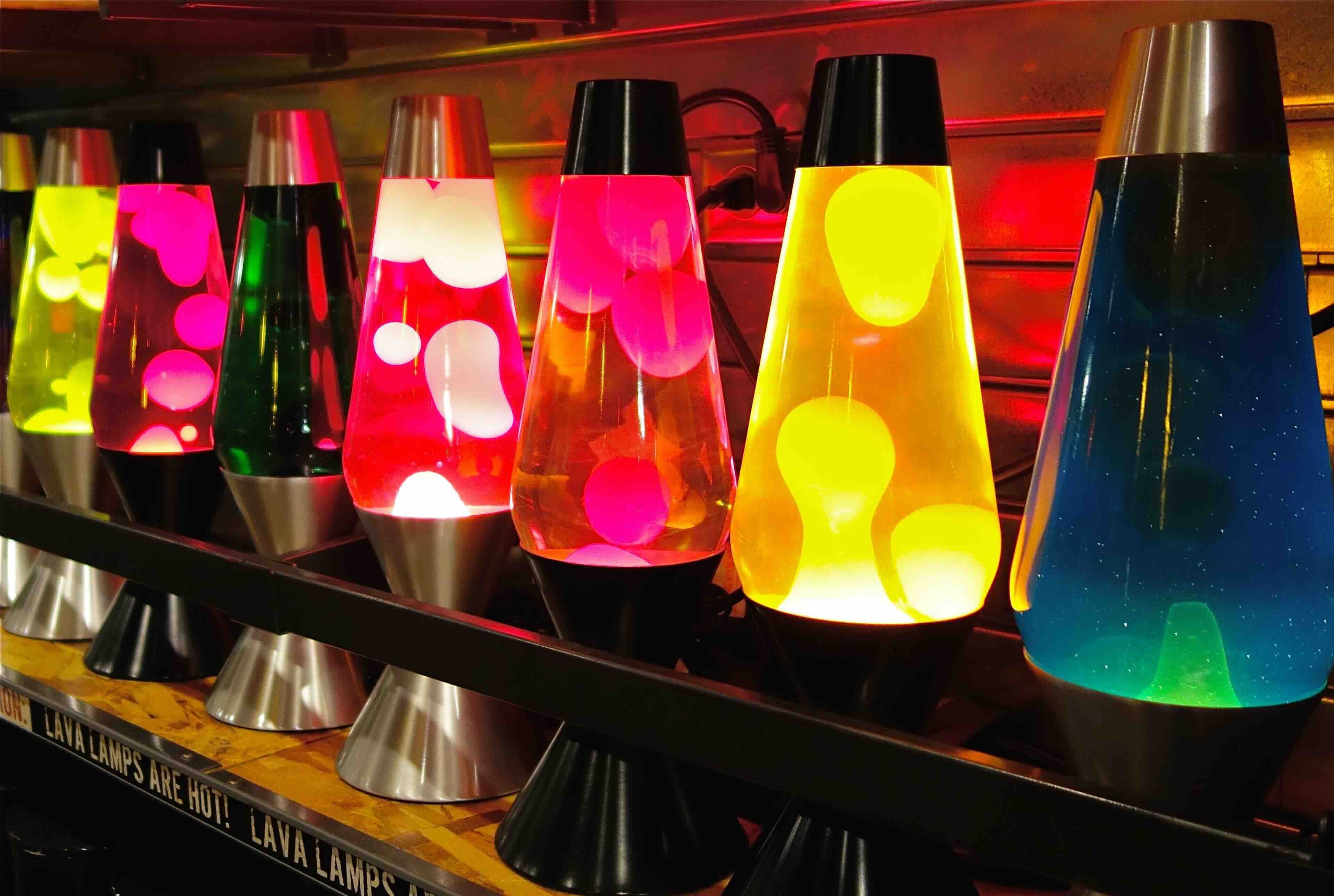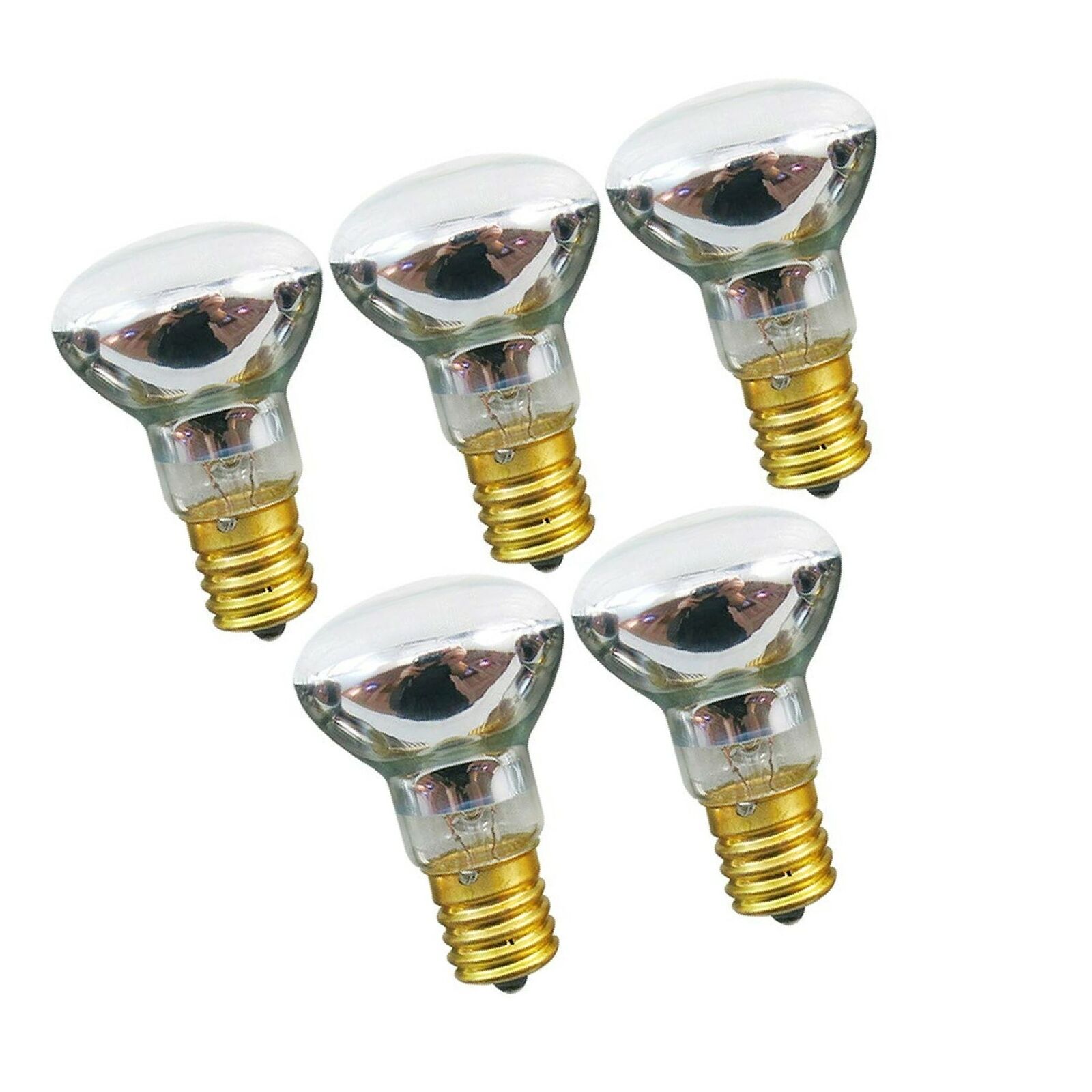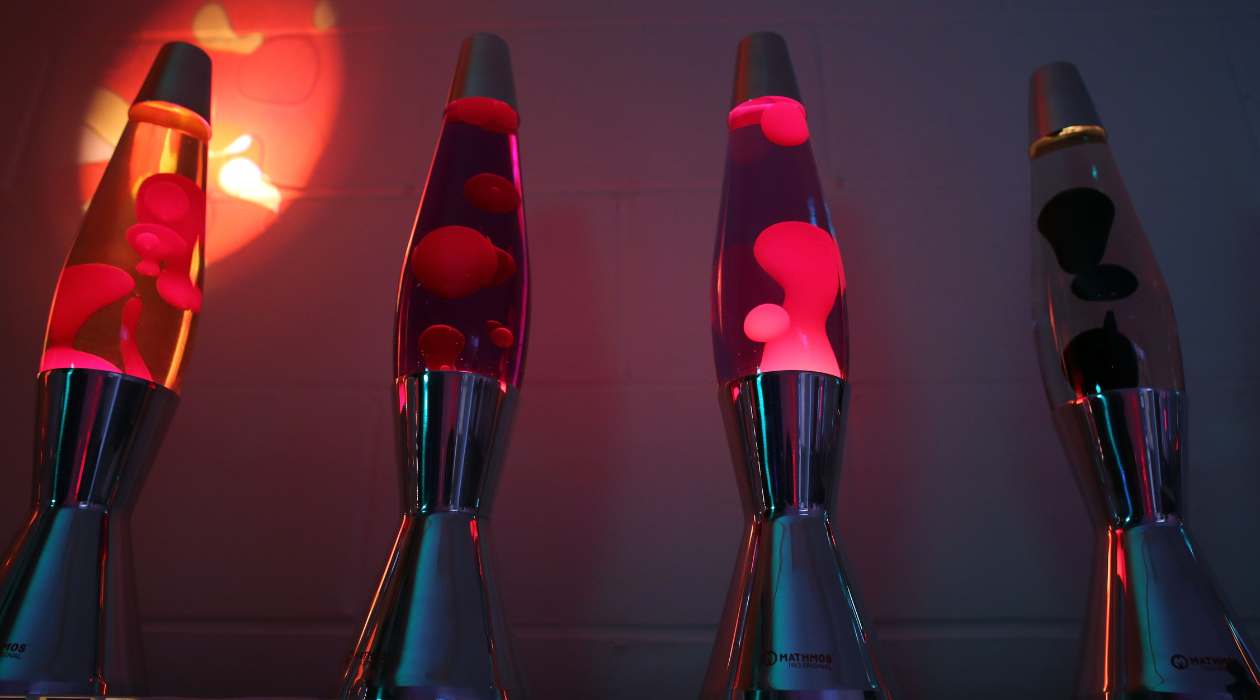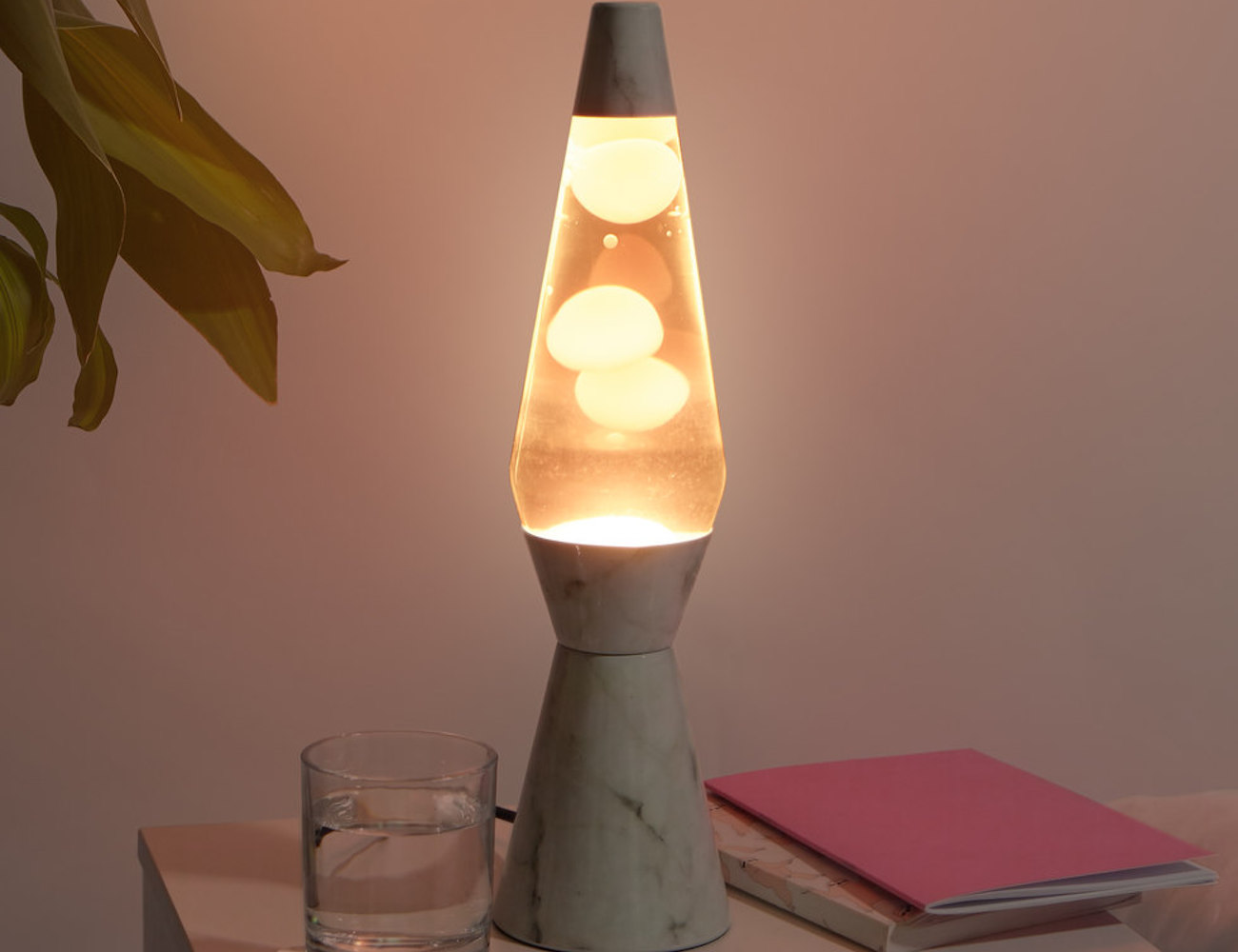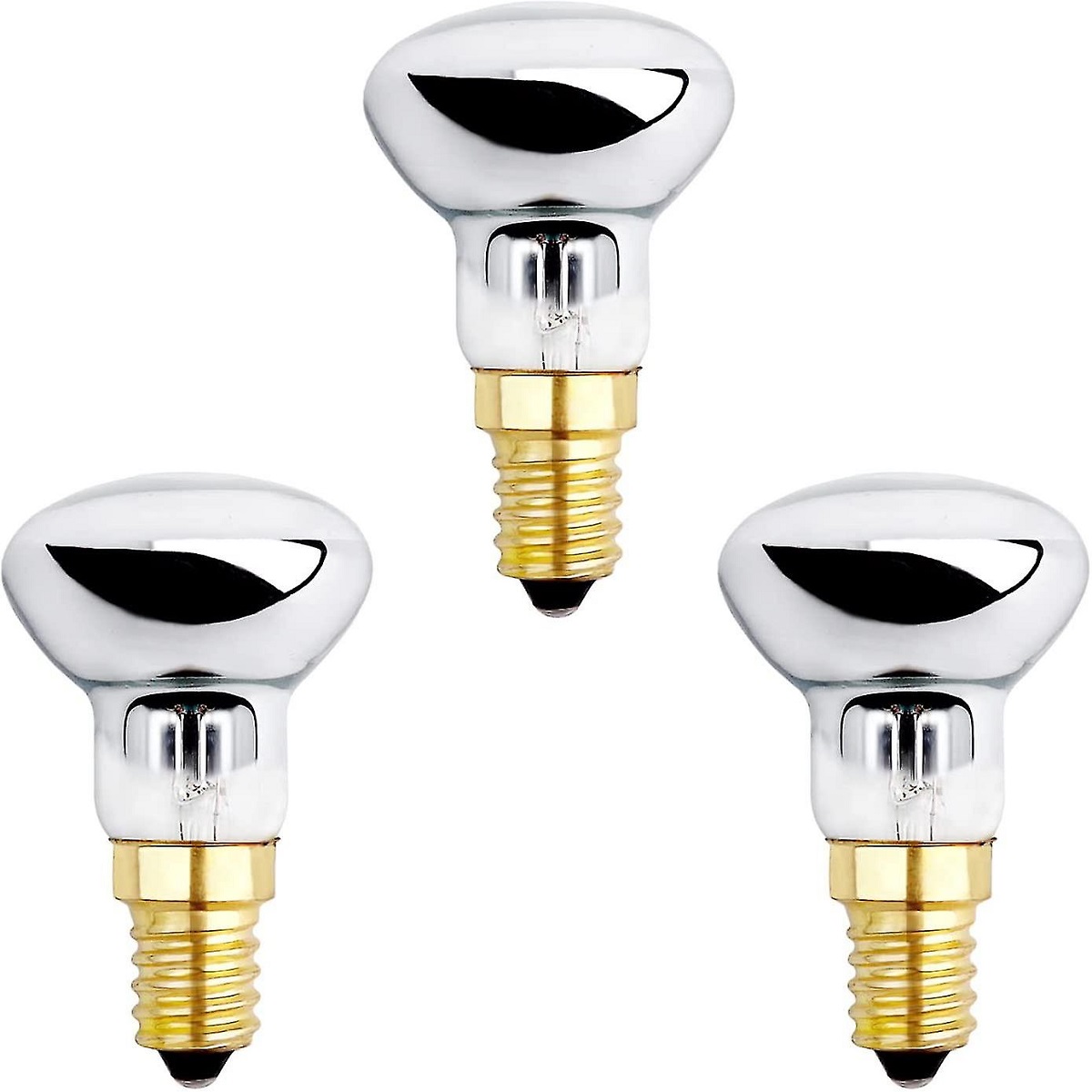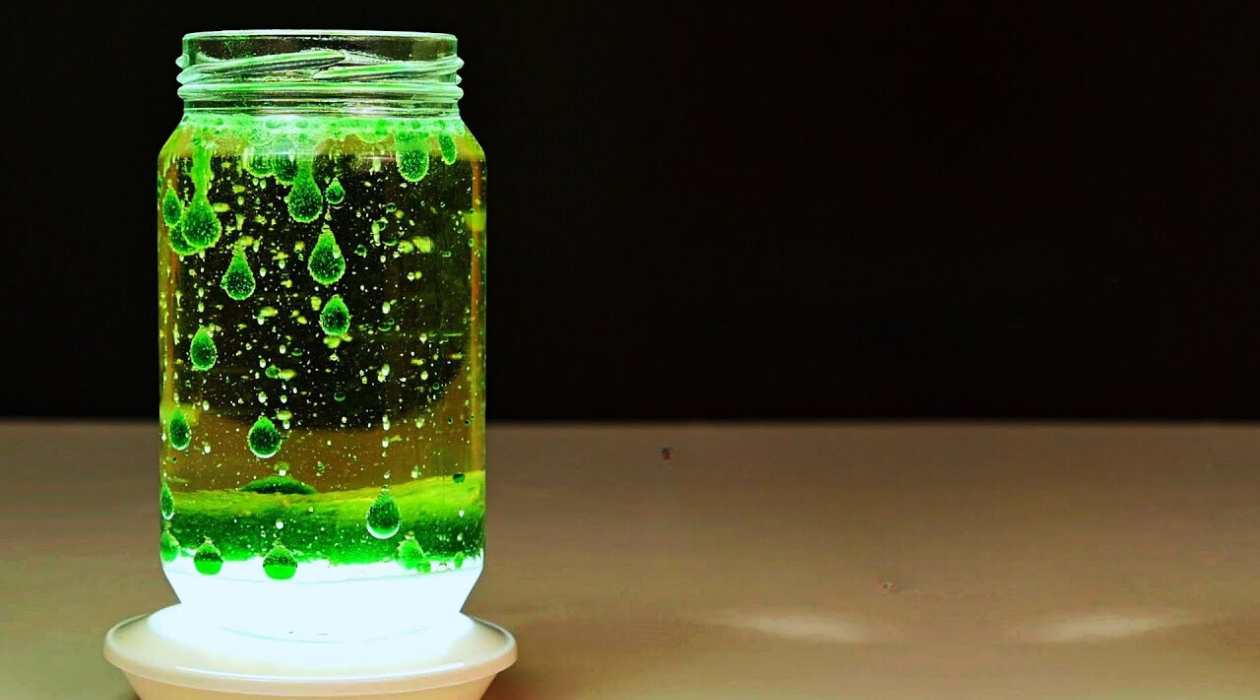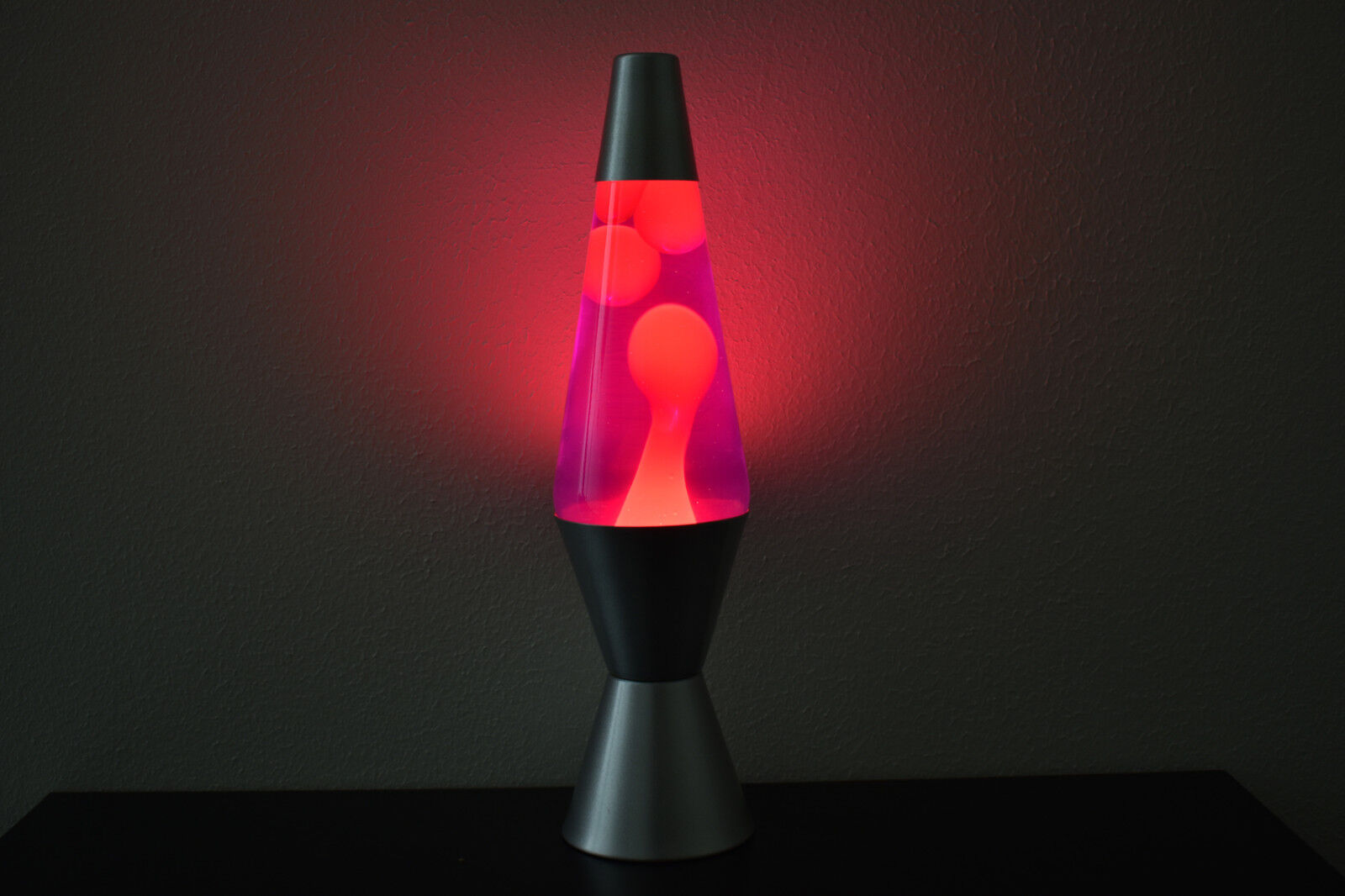Home>Furniture>What Provides The Thermal Energy In The Lava Lamp?
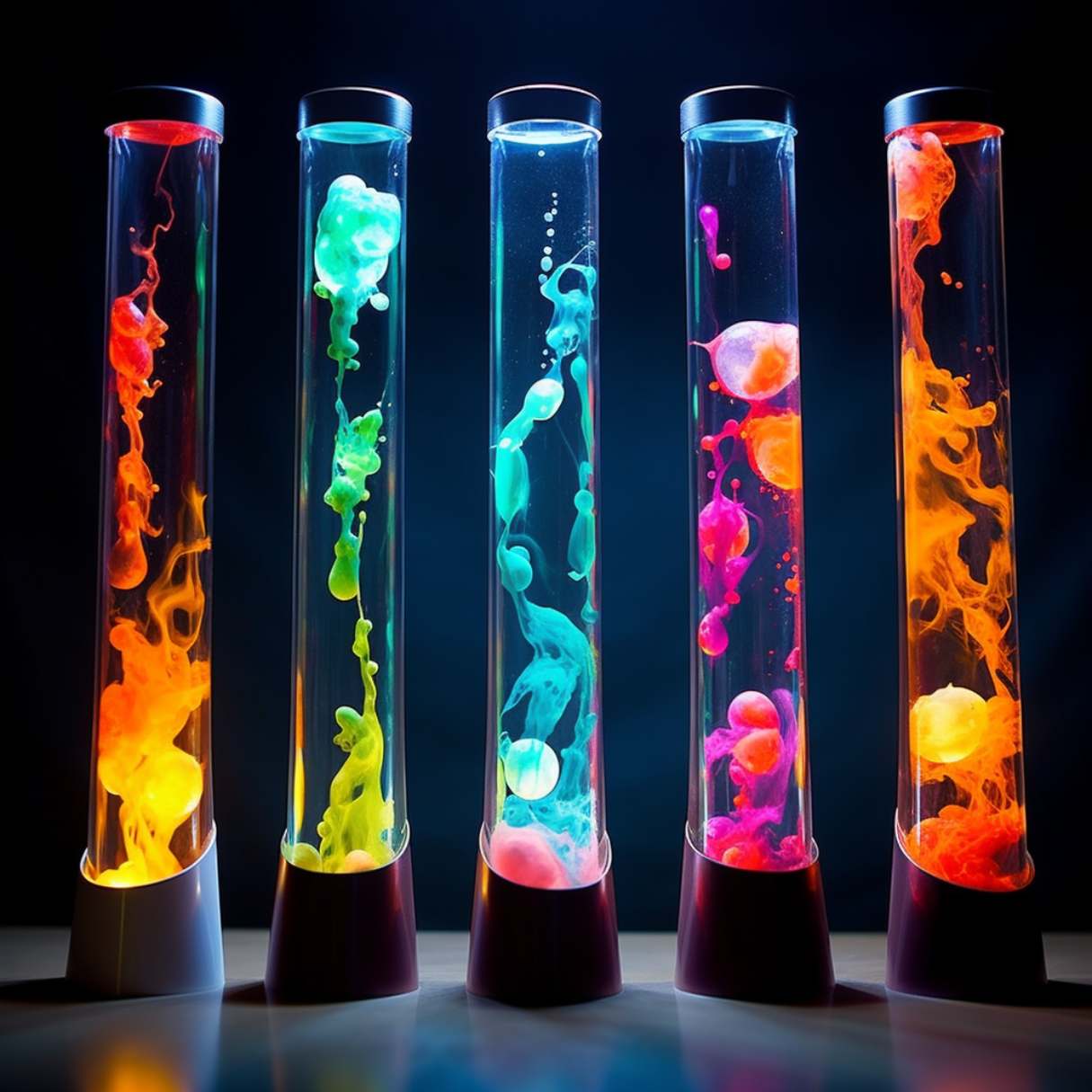

Furniture
What Provides The Thermal Energy In The Lava Lamp?
Modified: November 1, 2024
Discover what provides the mesmerizing thermal energy in a lava lamp and how it can enhance your furniture's ambiance. Dive into the captivating world of lava lamps and their unique charm.
(Many of the links in this article redirect to a specific reviewed product. Your purchase of these products through affiliate links helps to generate commission for Storables.com, at no extra cost. Learn more)
Introduction
Welcome to the mesmerizing world of lava lamps! These quirky and colorful lamps have been captivating people for decades, adding a touch of retro charm to any space. But have you ever wondered what provides the fascinating thermal energy that brings these lava lamps to life?
In this article, we will delve into the inner workings of lava lamps, exploring the science behind their mesmerizing motion and the source of their captivating warmth. So, let’s dive in and unravel the secrets behind the thermal energy in a lava lamp!
Key Takeaways:
- The mesmerizing motion of a lava lamp is powered by the interplay of heat transfer, convection currents, and the properties of wax and liquid components, creating a captivating visual display.
- Understanding the intricate dance of temperature and density in a lava lamp allows for a deeper appreciation of the science and art behind these beloved decorative items.
Read more: What Is In A Lava Lamp
How a Lava Lamp Works
Before we delve into the intricacies of the thermal energy in a lava lamp, let’s first understand the basic mechanism of how these unique lamps work. A lava lamp consists of a glass vessel filled with a special liquid mixture and wax concoction. The lamp is then heated, causing the wax blobs to rise and fall in a mesmerizing dance.
The key behind this captivating motion lies in the principles of heat and convection currents. The lamp’s heat source, typically a light bulb, is responsible for providing the initial thermal energy required to set the process in motion. As the bulb warms up, it transfers heat to the liquid and wax mixture, initiating a fascinating chain of events.
As the wax begins to heat up, it melts and becomes less dense than the liquid. This lighter, melted wax rises to the top of the lamp, creating the well-known “lava lamp effect. As the wax reaches the top, it cools down due to being farther away from the heat source. As it cools, the wax becomes denser and starts to sink back down.
This continuous cycle of rising, cooling, sinking, and reheating creates the mesmerizing motion of the lava lamp. It’s a delicate balance between the heat provided by the bulb, the density changes in the wax and liquid, and the force of gravity that brings this captivating display to life.
Now that we have a basic understanding of how a lava lamp works, let’s dive deeper into the fascinating world of thermal energy and its role in creating this mesmerizing visual display.
Understanding Thermal Energy
Thermal energy, also known as heat energy, is a form of energy that is associated with the motion of particles within a substance. It is the energy transferred from an object at a higher temperature to an object at a lower temperature. In the context of a lava lamp, thermal energy is what causes the wax to melt, rise, and create the iconic lava lamp effect.
Thermal energy is a fundamental concept in physics and plays a crucial role in various natural phenomena. It is closely related to temperature, which is a measure of the average kinetic energy of the particles in a substance. When an object is heated, the particles gain kinetic energy, and their movement becomes more vigorous.
In the case of a lava lamp, the heat provided by the bulb transfers thermal energy to the surrounding liquid and wax mixture. As the temperature of the mixture increases, the wax begins to melt and its particles gain kinetic energy. This increased energy causes the wax to become less dense and rise to the top of the lamp.
It’s important to note that thermal energy flows from hot to cold objects in an attempt to equalize the temperature difference. In the case of the lava lamp, the hotter wax at the top of the lamp transfers some of its thermal energy to the cooler liquid and wax at the bottom. This energy transfer causes the wax to cool down, become denser, and sink back down, repeating the mesmerizing motion.
Understanding the role of thermal energy allows us to appreciate the intricate balance of temperature, density, and motion that brings a lava lamp to life. It’s the dance between heat and cooling, rising and sinking, that creates the captivating visual display that we find so enchanting.
Now, let’s explore the specific heat source in a lava lamp and understand its pivotal role in supplying the thermal energy required.
Heat Source in a Lava Lamp
The heat source in a lava lamp is a vital component that provides the thermal energy required to initiate the mesmerizing motion of the wax. Typically, a lava lamp is equipped with a light bulb positioned at the base of the lamp. The heat generated by the bulb is responsible for heating the liquid and wax mixture, setting off the captivating display.
The choice of the heat source is crucial to ensure the lamp functions properly and creates the desired effect. The most commonly used type of bulb in lava lamps is the incandescent bulb. Incandescent bulbs emit both light and heat, making them ideal for creating the necessary thermal energy. The heat generated by the bulb is transferred to the surrounding liquid, causing the wax to melt and rise upwards.
It is worth noting that other types of bulbs, such as LED or fluorescent bulbs, are not suitable for use in lava lamps. These bulbs primarily emit light and produce significantly less heat compared to incandescent bulbs. As a result, they do not provide sufficient thermal energy to melt the wax and create the iconic lava lamp effect.
The power of the bulb used in a lava lamp can also impact the intensity and speed of the motion. A higher wattage bulb will generate more heat, resulting in faster wax movement and a more dynamic display. Conversely, a lower wattage bulb will produce less heat, leading to a slower and more relaxed motion.
It’s important to use caution when handling the heat source in a lava lamp, as it can become hot during operation. Always follow the manufacturer’s instructions and allow the lamp to cool before making any adjustments or maintenance.
Now that we understand the significance of the heat source in a lava lamp, let’s take a closer look at the components within the lamp that contribute to the mesmerizing motion.
The thermal energy in a lava lamp is provided by a light bulb located at the base of the lamp. The heat from the bulb causes the wax to melt and rise, creating the mesmerizing lava lamp effect.
The Role of the Bulb
The bulb in a lava lamp serves a crucial role in providing the necessary heat to initiate the mesmerizing motion of the wax. It is the heart of the lamp, responsible for generating thermal energy that melts the wax and creates the captivating lava lamp effect.
When the lava lamp is plugged in and the bulb is switched on, it starts to emit both light and heat. The heat generated by the bulb is transferred to the surrounding liquid and wax mixture through conduction and convection.
Conduction is the process of heat transfer through direct contact between molecules. The heat from the bulb is conducted through the glass vessel, warming up the liquid and wax mixture that is in contact with it. This heating process initiates the melting of the wax and begins the mesmerizing motion.
Convection, on the other hand, plays a vital role in distributing the heat throughout the lamp. As the liquid and wax mixture near the bulb heats up, it becomes less dense and rises to the top of the lamp. This upward movement creates convection currents, where the hotter, less dense mixture replaces the cooler, denser mixture at the top.
Once the mixture reaches the top, it moves away from the heat source and begins to cool. As it cools, the wax becomes denser and sinks back down, completing the cycle of motion. This continuous rising and falling of the wax is facilitated by the ongoing heat supply from the bulb.
The wattage of the bulb plays a significant role in determining the intensity and speed of the motion. A higher wattage bulb will generate more heat, melting the wax faster and creating a more dynamic display. On the other hand, a lower wattage bulb will produce less heat, resulting in a slower and more relaxed motion.
It’s important to note that the bulb should be matched to the specific lava lamp model and its power requirements. Using a bulb with the wrong wattage can have adverse effects, such as overheating or not providing enough heat for proper motion.
Now that we have explored the role of the bulb in providing the necessary heat, let’s take a closer look at the wax and liquid components that contribute to the captivating motion of a lava lamp.
Read more: How To Clean A Lava Lamp
Exploring the Wax and Liquid Components
The wax and liquid components in a lava lamp are essential elements that work together to create the mesmerizing motion that we associate with these iconic lamps. Understanding the characteristics and properties of these components helps us appreciate how they contribute to the captivating display.
The wax used in lava lamps is typically a blend of paraffin wax, beeswax, or a combination of both. This specific type of wax has a relatively low melting point, allowing it to liquify when heated by the bulb. The choice of wax and its composition can impact the viscosity and flow of the lava within the lamp.
The liquid component in a lava lamp is usually a mixture of water and a translucent liquid, such as mineral oil or a specialized liquid medium. The purpose of the liquid is to create a medium through which the wax can flow and form the mesmerizing blobs. The combination of water and mineral oil helps achieve the right balance of density and viscosity for optimal motion.
When the lamp is turned on and the bulb begins to heat the liquid and wax mixture, the wax melts, becoming less dense than the surrounding liquid. This causes the heated wax to rise to the top of the lamp in captivating blobs or globules. As the wax moves away from the heat source and cools down, it becomes denser and gradually sinks back down to the bottom of the lamp.
The specific density and viscosity of the liquid and wax components play crucial roles in the motion of a lava lamp. The difference in density between the wax and the liquid determines the ease with which the wax rises and falls. The viscosity of the liquid affects the speed of the motion and how fluidly the wax moves through it.
In some lava lamp models, additional additives or dyes may be used to enhance the visual effect. These can include colored dyes, glitter, or even metallic flakes that shimmer and create a more vibrant display. These additives add an extra element of visual interest as the blobs of wax move through the liquid.
It’s important to note that the composition of the wax and liquid in a lava lamp is carefully balanced to create the desired motion and visual effect. Altering the ingredients or ratios can affect the performance and may result in an unsatisfactory display.
Now that we have explored the wax and liquid components in a lava lamp, let’s zoom in on the concept of convection and how it contributes to the heat transfer and motion within the lamp.
Convection Currents and Heat Transfer
In a lava lamp, the mesmerizing motion is not only driven by the heat from the bulb but also by convection currents, which play a crucial role in heat transfer and the circulation of the wax and liquid components.
Convection is the process through which heat is transferred by the movement of a fluid, such as a liquid or a gas. In the case of a lava lamp, convection currents are responsible for distributing the heat throughout the lamp and creating the rising and sinking motion of the wax.
As the bulb heats the liquid and wax at the bottom of the lamp, it increases the temperature of the mixture. This causes the liquid and wax to expand and become less dense. As a result, the heated mixture near the bulb rises to the top of the lamp due to its reduced density compared to the surrounding cooler liquid and wax.
As this heated mixture rises, it moves away from the heat source and begins to cool. As it cools, it becomes denser and gradually sinks back down to the bottom of the lamp. This continuous rising and falling of the wax is driven by the convection currents created by the temperature differences within the lamp.
Convection currents are established as the hotter, less dense mixture near the heat source replaces the cooler, denser mixture at the top. This movement of the wax and liquid helps distribute the heat generated by the bulb throughout the lamp, providing an even temperature distribution and enabling the continuous motion of the wax blobs.
The phenomenon of convection is essential for the proper functioning of a lava lamp. Without convection, the heat generated by the bulb would remain localized near the heat source, and the wax would not experience the rising and falling motion that gives the lava lamp its characteristic charm.
It’s worth noting that the specific design of the lava lamp, including the shape of the glass vessel, can impact the formation and circulation of convection currents. The lamp’s shape influences the flow of the wax and liquid, affecting the motion and overall visual display.
Understanding convection currents and the role they play in heat transfer within a lava lamp allows us to appreciate the intricate dance of temperature and density that creates the captivating motion. Now, let’s recap what we’ve learned and conclude our exploration of the thermal energy in a lava lamp.
Conclusion
Lava lamps have a timeless appeal, enchanting us with their mesmerizing motion and colorful display. The captivating thermal energy that powers these lamps is a result of the interplay between heat transfer, convection currents, and the properties of the wax and liquid components.
By understanding the basic principles behind a lava lamp’s operation, we can appreciate the intricate dance of temperature and density that brings the lamp to life. The heat source, typically an incandescent bulb, provides the necessary thermal energy to melt the wax and initiate the mesmerizing motion.
The wax and liquid components work in harmony, with the wax rising and falling as it alternates between melting and cooling. This motion is driven by convection currents, ensuring that the heat is evenly distributed throughout the lamp and maintaining the captivating display.
The choice of bulb and its wattage play a crucial role in determining the intensity and speed of the motion, allowing for customization and variation in the lava lamp’s visual effects.
As we’ve explored the intricate workings of thermal energy in a lava lamp, we’ve gained a deeper appreciation for the science behind these beloved decorative items. From understanding the principles of heat transfer to the role of convection currents, every element works together to create the captivating visual display that has fascinated people for decades.
So, the next time you gaze at a lava lamp, take a moment to marvel at the interplay of thermal energy, motion, and aesthetics. These simple yet mesmerizing lamps serve as a reminder of how science and art can merge to create something truly captivating.
Curious about the latest trends in home decor? Our upcoming feature on incredible lava lamps for the year ahead showcases a selection of the most eye-catching designs. Perfect for adding a touch of retro flair or modern style to any room, these lamps aren't just about nostalgic glow; they're a conversation starter. Discover how these fascinating pieces can transform your living space into a visually stunning haven.
Frequently Asked Questions about What Provides The Thermal Energy In The Lava Lamp?
Was this page helpful?
At Storables.com, we guarantee accurate and reliable information. Our content, validated by Expert Board Contributors, is crafted following stringent Editorial Policies. We're committed to providing you with well-researched, expert-backed insights for all your informational needs.
